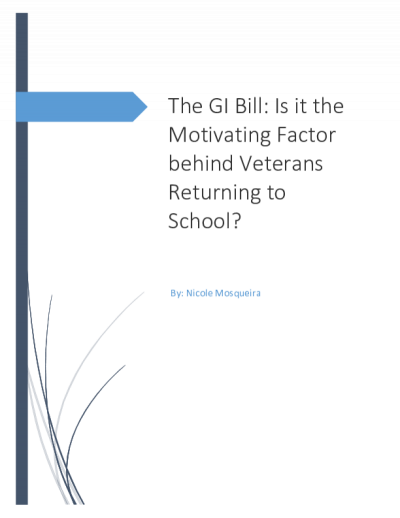Viability of Cryotherapy Device for Spastic Relief Compared to Current Electrotherapy Device

Description
Spasticity is a neurological disorder in which a target group of muscles remain in a contracted state. In addition to interfering with the function of these muscles, spasticity causes chronic pain and discomfort. Often found in patients with cerebral palsy, multiple sclerosis, or stroke history, spasticity affects an estimated twelve million people worldwide. Not only does spasticity cause discomfort and loss of function, but the condition can lead to contractures, or permanent shortenings of the muscle and connective tissue, if left untreated. Current treatments for spasticity are primarily different forms of muscle relaxant pharmaceuticals. Almost all of these drugs, however, carry unwanted side effects, including total muscle weakness, liver toxicity, and possible dependence. Additionally, kinesiotherapy, conducted by physical therapists at rehabilitation clinics, is often prescribed to people suffering from spasticity. Since kinesiotherapy requires frequent practice to be effective, proper treatment requires constant professional care and clinic appointments, discouraging patient compliance. Consequently, a medical device that could automate relief for spasticity outside of a clinic is desired in the market. While a number of different dynamic splints for hand spasticity are currently on the market, research has shown that these devices, which simply brace the hand in an extended position, do not work through any mechanism to decrease spastic tension over time. Two methods of temporarily reducing spasticity that have been observed in clinical studies are cryotherapy, or the decrease of temperature on a target area, and electrotherapy, which is the delivery of regulated electrical pulses to a target area. It is possible that either of these mechanisms could be incorporated into a medical device aimed toward spastic relief. In fact, electrotherapy is used in a current market device called the SaeboStim, which is advertised to help stroke recovery and spastic reduction. The purpose of this paper is to evaluate the viability of a potential spastic relief device that utilizes cryotherapy to a current and closest competitor, the SaeboStim. The effectiveness of each device in relieving spasticity is reviewed. The two devices are also compared on their ability to address primary customer needs, such as convenience, ease of use, durability, and price. Overall, it is concluded that the cryotherapy device more effectively relieves hand spasticity in users, although the SaeboStim's smaller size and better convenience gives it market appeal, and reveals some of the shortcomings in the preliminary design of the cryotherapy device.
Date Created
The date the item was original created (prior to any relationship with the ASU Digital Repositories.)
2018-05
Agent
- Author (aut): Wiedeman, Christopher Blaise
- Thesis director: Kleim, Jeffrey
- Committee member: Buneo, Christopher
- Contributor (ctb): W.P. Carey School of Business
- Contributor (ctb): Harrington Bioengineering Program
- Contributor (ctb): Barrett, The Honors College







